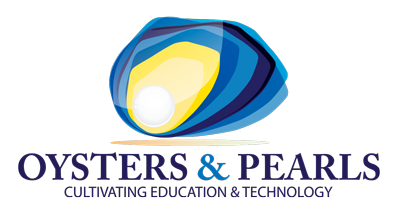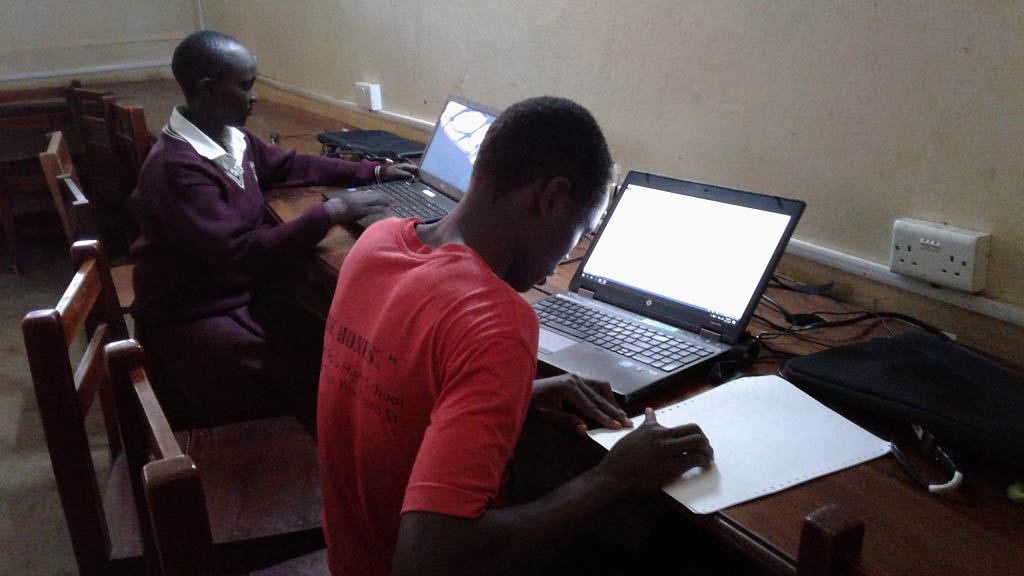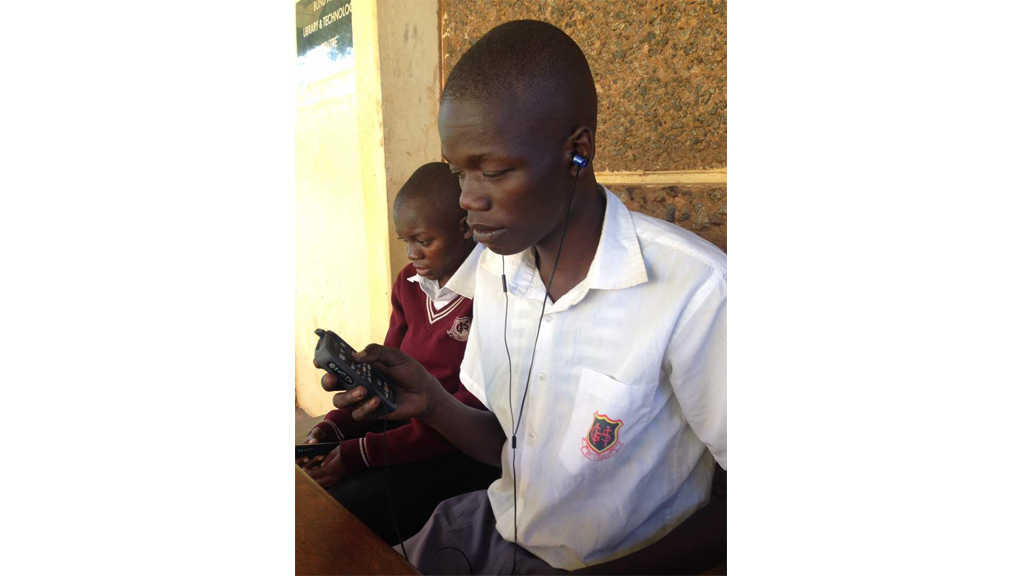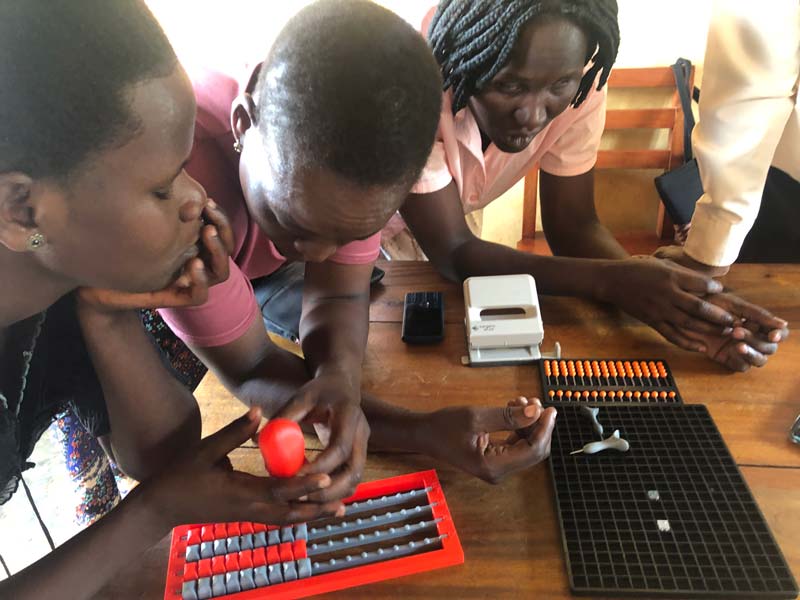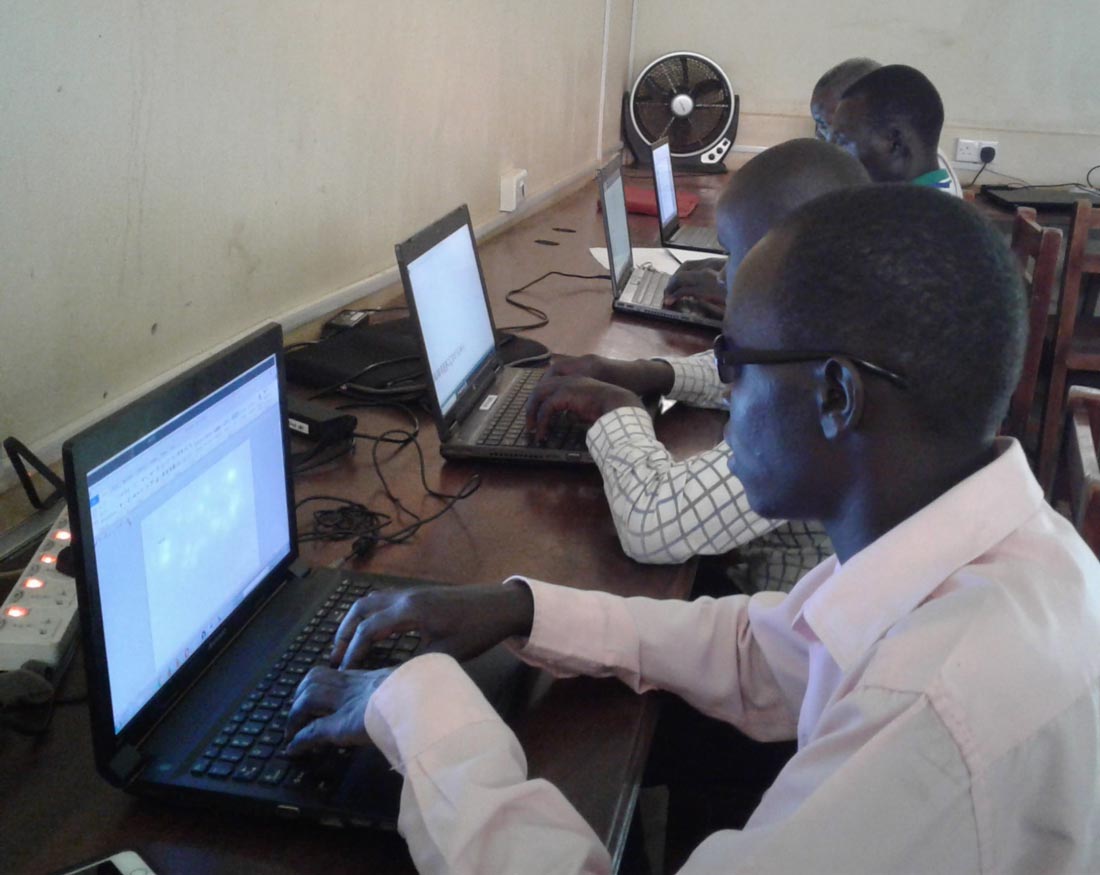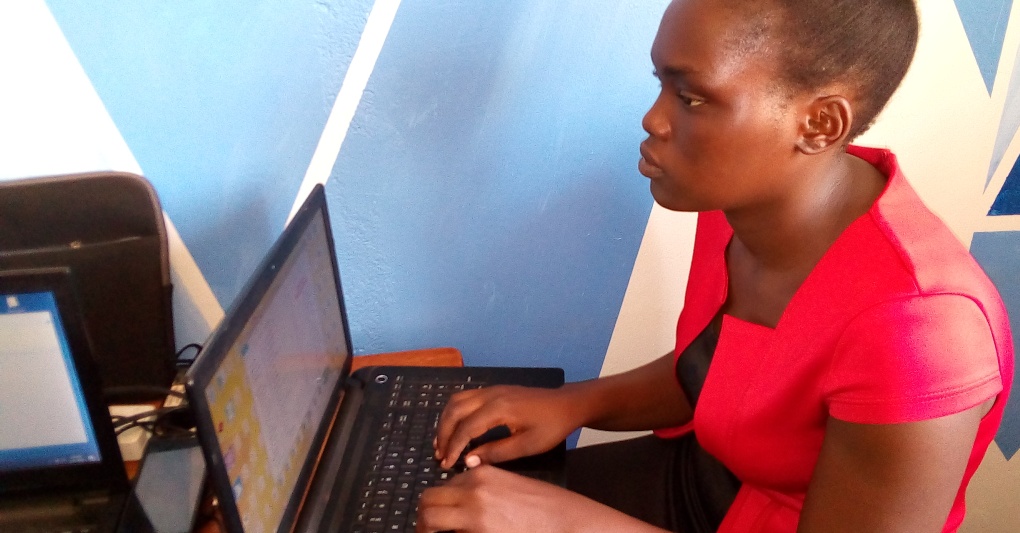“I am sure one of the six blind students sitting for national examinations will pass with distinctions.” The head of the Special Needs Unit at Gulu High School, Daniel Odoch expressed this firm conviction. Francis Ojukul, the coordinator of the VI department, had the same feeling.
For three and a half decades though, such optimism in the performance of the blind and visually impaired students at Gulu High School was non- existent.
In Uganda, education for Persons with Disabilities was started in 1952 by the Colonial Government. The special needs education services were for a few children with visual, hearing, learning and mobility challenges who were not gaining from the existing educational provision for regular children. However, Persons with Disabilities are still generally marginalized by beliefs and attitudes in society, and so developments in this ‘Special Education’ have been moving slowly since then.
The blind annex of the school was launched in 1986. But it was only five years ago, when Oysters & Pearls started sponsoring and giving study materials and tools to the blind, that the unit started producing first grades, both in internal and external examinations.
“Since 2012, we have registered at least a first grade in the national examinations,” said Mr. Ali Muzamil, a blind teacher of Commerce at the School.
Mr. Muzamil attributes the improvement in grades of the blind and visually impaired students to the availability of text books in soft copy, which allows them to research on their own.
“In the past, the blind and visually impaired students relied on the good will of others to assist them in their research in the library. That kind of help did not come often, especially during exam time.”
Oysters & Pearls-Uganda has purchased the entire library of texts, novels and plays that are used in S1-S6 and these have all been scanned so students can access them on their devices or the PC (FS Reader in JAWS enables the navigation of DAISY format).
With the construction of the library, it means that blind students can “check out” the book and share with sighted students if they want to study together. It also means that all text books are accessible to them every time, throughout the week on any of their assistive devices, to study alone or in small groups.
According to Daniel Odoch, ever since Oysters & Pearls-Uganda provided the students with computers, the learners hand in their laser printed copy as soon as it is complete, and get their results together with the sighted students.
Previously, students turned in their work in Braille. It had to be transcribed with a proficient Braille reader putting one finger on the Braille page and the other on the typewriter – a very inefficient and time-consuming process subject to errors or omissions or mistyped words.
“Many students failed because of wrong, or poor transcription. They were highly demotivated, and did not feel the need to compete for the top position,” Daniel said.
The manual transcription from Braille to typewriter also strained our human resources. The head of Special Needs, Daniel and Mr. Ali used to spend the entire end-of-year break transcribing the final exams of students, with the hope that the sighted teachers would then read the typewritten results. Because of the delay, many papers went ungraded and students had incomplete report cards. What’s worse is that students rarely received any feedback on their work, so they just moved through the year, hoping that they were understanding the concepts and would perform well. Some students did achieve decent results, but most were left behind, with little chance of passing the harder subjects like mathematics, which automatically deprived them of a first grade, a mandatory subject.
Another disadvantage of the Braille is that the blind students couldn’t use them to type notes in class, because of the noise, so they sat in silence and relied on the sighted students to patiently read their notes while they Brailled them after class. This was time-consuming and meant the blind student only captured what the sighted student captured.
Sandra Wasburn, the founder of Oysters & Pearls-Uganda said, “I saw many instances in the past where sighted siblings would come to the Annex and read textbooks to the blind students. They basically created their own Braille textbooks, because the printed one was not accessible.”
With the availability of blind-friendly devices and other tools, the students have been encouraged to work harder.
Oysters & Pearls-Uganda has given devices such as Victor Stream Readers; these are handheld media players for the blind and visually impaired. A Victor Stream Reader plays DAISY books, MP3, MP4 and many other media formats. It records voice. Its lightness makes it a perfect tool for persons who don’t have computers, and a convenient device for transferring a collection of DAISY books on CDs onto single, portable audio playback device, without the use of a PC.
The students can now listen to academic books that have been scanned in the DAISY format using the Plustek scanner which has a sharp edge for books enabling a clean scan. The software of the scanner enables the user to choose the format: PDF, RTF, DAISY, etc. DAISY enables the listener to find specific chapters or bookmarked sections and that’s important because a 300-page document without the ability to navigate easily would take forever to move around in.
With these devices, the blind and VI students now have timely access to in-class handouts, because the staff of the blind annex can use Duxbury software, also donated by Oysters & Pearls-Uganda to print on the Braille embosser. Students will continue to need to use Braille for reading in order to better learn grammar and spelling, but we don’t have the books available in Braille. This is a future project that we hope the Ministry of Education and Sports in the country will work on.
Another device given to the students by Oysters & Pearls-Uganda, are the talking calculators; these are designed for blind and low vision users as well as second language learners. They announce the numbers and calculation results in a clear voice.
“All these devices have allowed the blind students to learn at the same pace with the rest of the regular students, unlike before,” he said.
